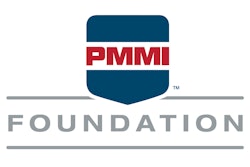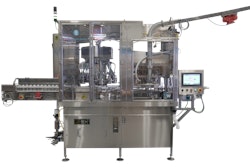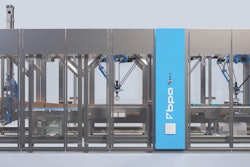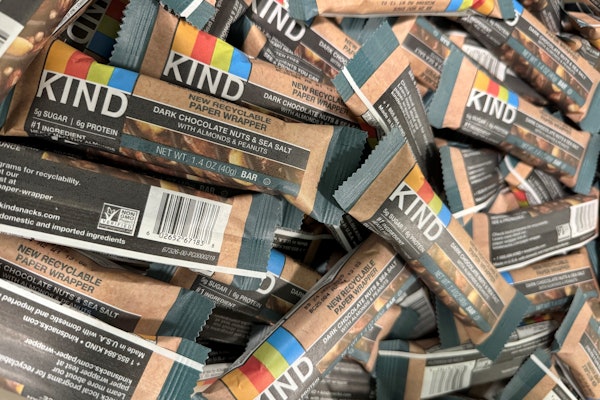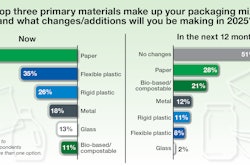
A fiber-based bottle now being developed for product categories including beverage, beauty, health, medicine, and food was on display at PACK EXPO Booth 9141 in the North Hall. Behind this notable development are two firms with considerable experience in sustainable materials. One is molded fiber packaging producer RyPax—the international division of The Wing Fat Printing Co., Ltd.--with offices and production facilities across the U.S., Macau, and China. The other is Scotland-based CelluComp, whose proprietary microfibrillated cellulose product known as CurranR is made from the waste stream of root vegetables, primarily sugar beets. A quick look at what each firm brings to the table helps clarify what this ambitious fiber-based bottle development is all about.
The molded fiber that RyPax makes is a step or two up from the everyday molded pulp egg carton. First, RyPax containers are fully recyclable and biodegradable, and they’re only made from materials sourced from responsible green suppliers. Often enough, the source materials are things like fast-growing bagasse and bamboo. Second, egg cartons are usually made on high-speed rotary pulpers followed by a drying process, and only then is the material pressed and formed in a secondary step. The resulting product does not have a smooth cosmetic finish—but then again, if the package being made is an egg carton, who cares how smooth the finish is? RyPax technology , on the other hand, is an inline process, as drying, finishing, and molding is all done inline. The resulting product is smooth, clean, and attractive enough for the high-end electronics, pharmaceutical, and health and beauty applications that RyPax specializes in.
As for CelluComp, its microfibrillated cellulose product, Curran, has been used for some time as a thickener in household paints. Or to add structural integrity to a fishing rod or skateboard. When it comes to fiber, when Curran is added it also adds strength. But it also closes the porosity of the sheet and smoothens the surface, thus optimizing that surface’s ability to be efficiently coated. So it was only natural that CelluComp would begin marketing Curran for applications in paper and packaging. This led to a working relationship with the Danish Technological Institute, experts in materials science and green technologies. When CelluComp and DTI exhibited at Plastic Waste Free World Europe in November 2021, RyPax came to their booth and, as CelluComp CEO Christian Kemp-Griffin puts it, “We started building our relationship. We liked RyPax’s ability to react and their entrepreneurial spirit. We had some history in paper and packaging at this point, so what we started looking at with RyPax wasn’t entirely new to us. What was new was the idea of looking specifically at fiber-based barrier packaging.”
Fastforward a few months and here is where the two firms are at. They’re developing a molded fiber bottle made of curran, bagasse, and bamboo. The Curran in the fiber brings added structural integrity. But just as important, its inclusion means that the interior surface is optimized for application of a coating. And the coating isn’t just any coating. It’s a thin, impermeable coating specially developed by CelluComp called Reef, and once again it includes Curran. So it’s a matter of molding a fiber bottle that is strong and has minimal porosity and then making it even stronger and even further reducing porosity by giving it a unique inner coating incorporating Curran—a coating that won’t interfere with recyclability or biodegradability the way an inner plastic liner does.



